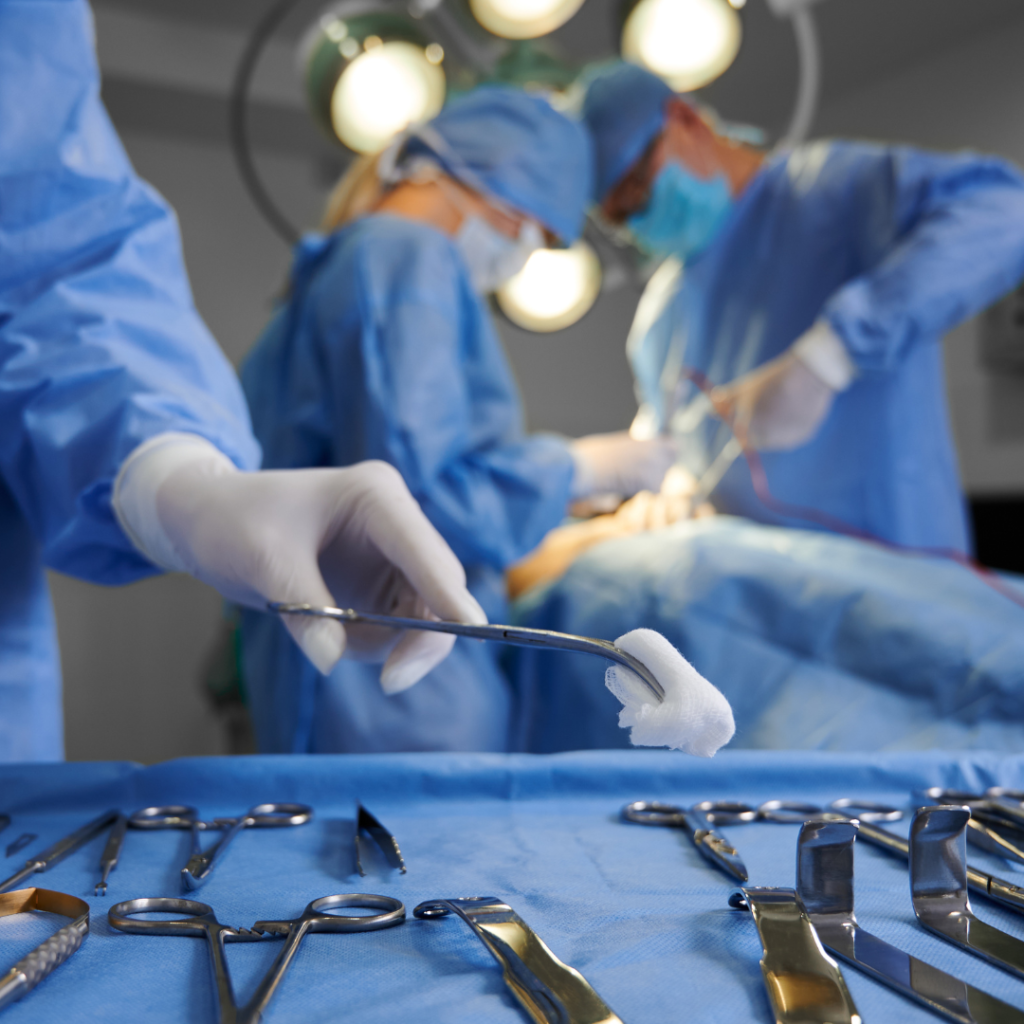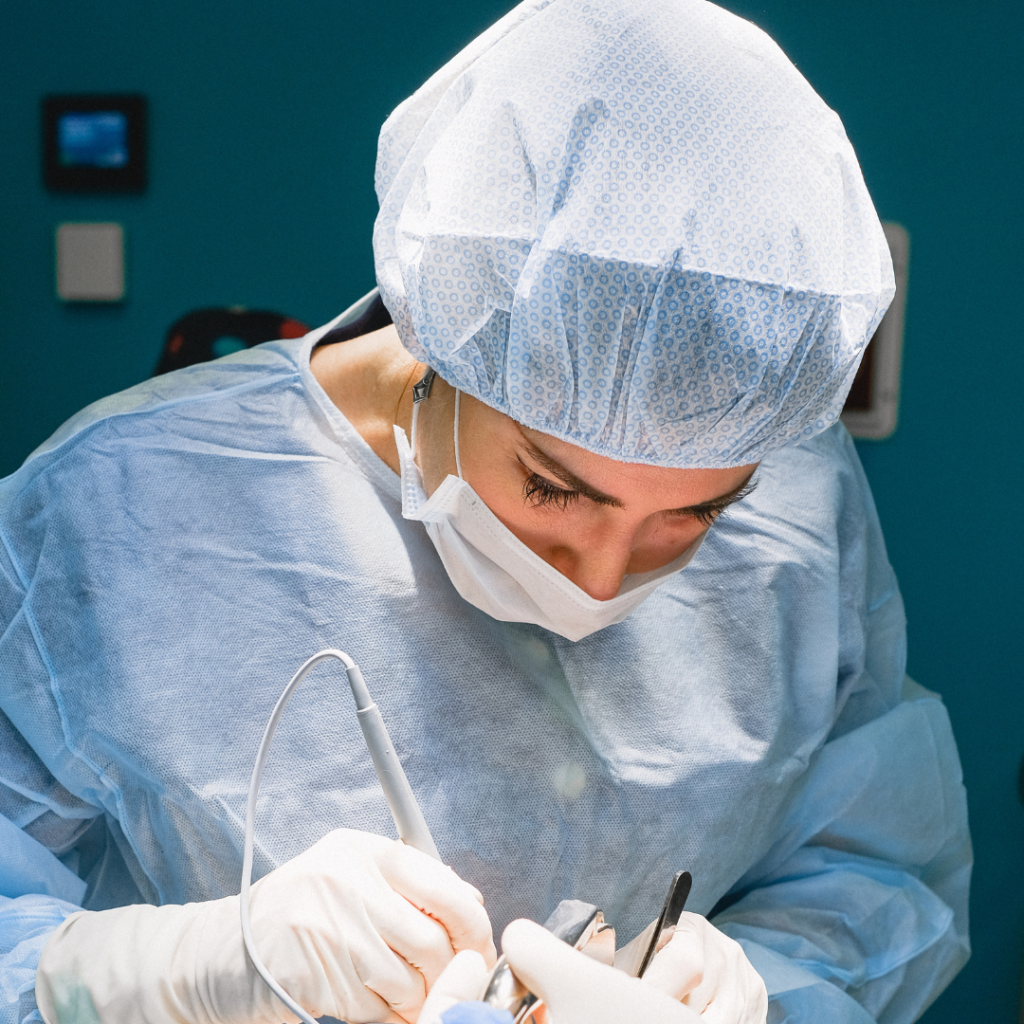Pilonidal cysts are tedious and annoying diseases that nearly always need care in order to ease the suffering and keep you from experiencing the same or worse problems. They develop near to the end part of the spinal cord at the base of the human body, and are filled with debris, hair and tissues from yourself. When a pilonidal cyst becomes inflamed, it can cause severe pain, swelling, and drainage. While some may additionally recall noninvasive medications, pilonidal cyst excision is often the only long-term solution for positive cases.
This blog will explore how surgery can turn into a quality choice for pilonidal cyst treatment, the blessings and risks of surgery, and how to make the right choice for your health.
Nonsurgical treatment: When to consider alternatives
Before turning to surgical treatment, healthcare providers regularly suggest less invasive treatments for early-stage pilonidal cysts. These include:
- Antibiotics: These are used to treat inflamed cysts, but do not remove the cyst itself now.
- Drainage: A smaller system to remove pus and reduce contamination.
However, non-surgical alternatives such as antibiotics and drainage may not offer long-term comfort. They cope with the symptoms, but no longer with the main cause, and the cyst may also return. For patients who suffer from recurrent pilonidal cysts or complications such as abscesses, surgery becomes an extra effective solution.
When is surgery necessary?

Surgery is usually encouraged until nonsurgical treatment fails or the cyst becomes a persistent, recurring problem. You may be a candidate for surgery if you experience:
- Recurrent infections: Even after drainage or use of antibiotics.
- Severe pain: Interferes with daily activities.
- Large or deep cysts: which cannot be effectively treated with less invasive measures.
- Persistent drainage or abscesses: Signaling that the cyst has worsened.
In such cases, excision pilonidal cyst can provide definitive comfort and save you from future flare-ups.
Types of surgical procedures for pilonidal cysts
When excision of pilonidal cyst is involved, a number of surgical techniques must be used, each tailored to the severity and area of the cyst.
1. Incision and drainage (I & D)
A little cut is made in the cyst to drain its pus and other waste materials. Although not a complete cure now, I and D can offer an immediate remedy, especially for those dealing with acute contamination. It is considered a temporary response because the cyst is not eliminated and recurrence is possible.
2. Pilonidal cyst excision surgery
In this way, the doctor removes the entire cyst, including the sinus passages where hair and particles collect. This method significantly reduces the risk of recurrence. Excision can be done using:
- Primary closure: After excision, the wound is tightly sutured.
- Secondary closure: The wound is left open to heal on its own, which reduces the chance of infection but requires an extra prolonged recovery.
3. Cleft lift procedure
In patients with complex or recurrent cysts, the cleft elevation approach provides an advanced response. This means retracting the buttock to reduce the risk of hair and dirt accumulating. Studies have shown that this technique results in lower recurrence fees and faster recovery compared to traditional excision.
Advantages of pilonidal cyst excision

Opting for surgical excision of a pilonidal cyst can offer several advantages:
- Long-term comfort: By casting the entire cyst and its tracts, surgery significantly reduces the risk of recurrence.
- Reduced risk of contamination: Once the cyst is removed, there is less risk of reinfection or abscess formation.
- Better lifestyle: Surgery alleviates pain, discomfort and the need for ongoing medical intervention.
For patients with recurrent or extreme pilonidal cysts, excision is a reliable option that solves the underlying problem and allows preventing fate complications.
Recovery and aftercare after excision
Recovery from surgical excision of a pilonidal cyst varies depending on the approach used. In general, disabled people can expect:
- Pain relief: For the most part, non-prescription medicines are adequate.
- Wound management: Appropriate wound management is critical for preventing contamination, depending on whether the wound has been closed or remains open. Daily cleaning and dressings are vital for open wounds.
- Limitation of activity: Patients should avoid strenuous sports for several weeks to allow for proper recovery. Sitting for long periods of time can also be uncomfortable at first.
Most human beings can return to their regular activities within a few weeks, although full recovery can take up to two months.
Risks and considerations
While excision of pilonidal cysts is normally safe, like any surgical procedure, it carries risks:
- Infection: Post-operative infection can occur if the wound is not properly cared for.
- Recurrence: Although uncommon, pilonidal cysts can return even after surgery.
- Wound healing complications: In addition, some patients may enjoy insufficient timely recovery, especially if the wound is left open.
However, choosing a qualified healthcare professional and following post-operative care tips can significantly reduce these risks.
How to decide if surgery is right for you
Selecting a surgical technique for excising pilonidal cyst is an important step that ought to take place during an appointment with the physician. Consider surgery if:
- Non-surgical means did not offer lasting comfort.
- Cysts recur or worsen.
- Your signs interfere with your daily existence.
Your healthcare professional will talk about the high-quality surgical choice in your condition, which includes the blessings and dangers of each method’s capabilities.
Conclusion
Surgery can be the treatment of choice for pilonidal cysts when non-surgical options do not work or when cyst becomes a frequent problem. The excision of pilonidal cysts leads to long-term relief, decreases the risk of infection and enhances an individual’s life quality. The consultant will discuss your signs and symptoms together with any other relevant information which will help you come up with a good plan that suits your situation.







